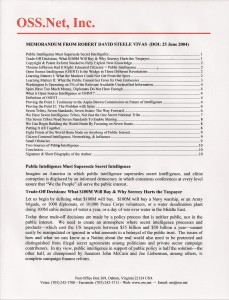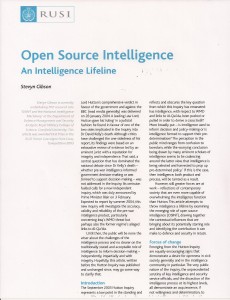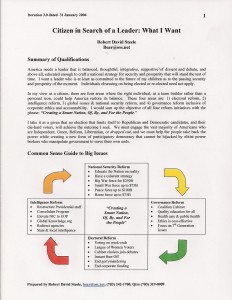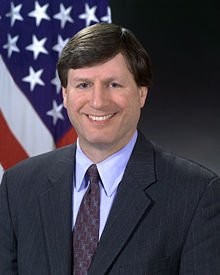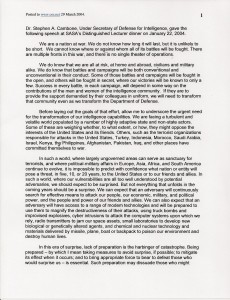
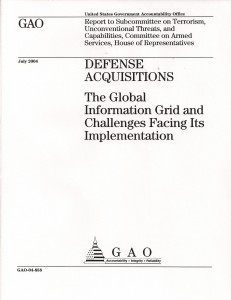
Oops 2004: The most critical challenge ahead for DOD is making the GIG a reality. While DOD has taken steps to define its vision and objectives for the GIG on paper and in policy and is beginning to make a heavy investment in the GIG as well as systems that will be heavily dependent on the GIG, it is not fully known how DOD will meet these objectives. For example, it is not known which investments should take priority over others and how these decisions will be enforced. Moreover, it is not known how DOD will assess the overall progress of the GIG and determine whether the network as a whole is providing a worthwhile return on investment, particularly in terms of enhancing and even transforming military operations. According to DOD officials, the enhancements DOD is making to its planning and budgeting processes are meant to begin addressing these questions. Until DOD implements an investment and oversight strategy for the GIG as a whole, it is at risk of making investments that do not fit DOD’s vision for the future.

